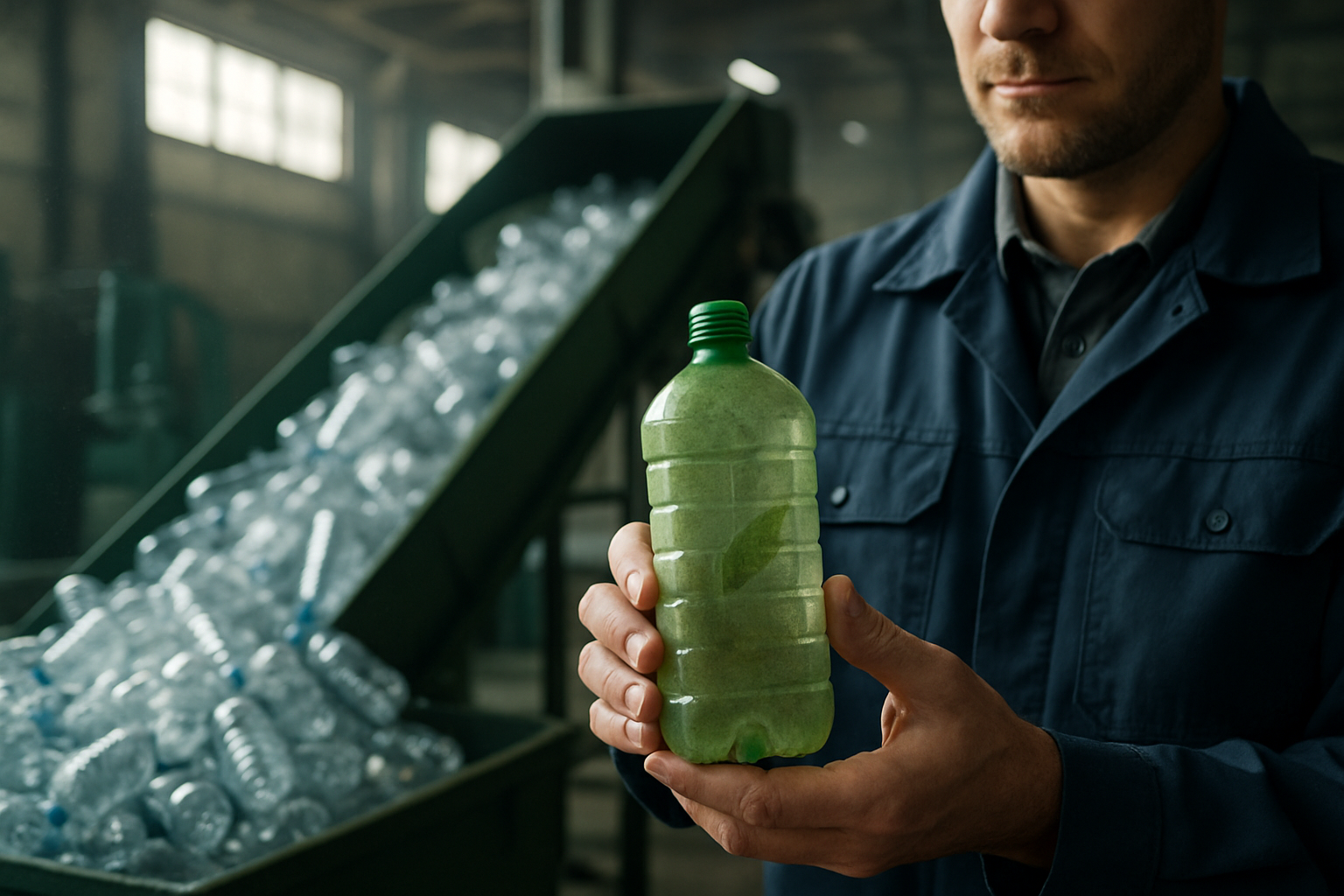Packaging and refill strategies to reduce hair-care waste
Packaging choices and refill strategies can meaningfully reduce hair-care waste by cutting single-use plastics, improving recyclability, and encouraging longer product life. This article outlines design, refill formats, retail and salon practices, and how hair-care packaging overlaps with lotion and skin-treatment product approaches to support sustainability.

Rethinking how hair-care products are packaged is a practical route to lower waste without compromising performance. From concentrated refills and reusable bottles to store-based refill stations and bulk systems, manufacturers and retailers can reduce single-use plastic and extend product lifecycles. Packaging decisions also affect transport efficiency, shelf appeal, and the user experience, and they must balance aesthetics with durability and end-of-life management.
This article is for informational purposes only and should not be considered medical advice. Please consult a qualified healthcare professional for personalized guidance and treatment.
How can bottle design improve aesthetics and reduce waste?
Well-designed bottles can combine pleasing aesthetics with material choices that support recycling or reuse. Thicker or heavier bottles may look premium but can increase material use; alternatives like lightweight PET, recycled-content plastics, or glass with standardized necks allow for reuse or easier recycling. Clear communication on labels about recycling and disassembly helps consumers separate caps and pumps, reducing contamination. For salons and retailers, branded refill bottles can reinforce aesthetics while minimizing single-use containers.
Can refill systems reduce single-use bottle waste while preserving product quality?
Refill systems — pouches, cartridges, or in-store stations — cut the number of individual bottles produced and discarded. Concentrated formulations reduce shipping volume and energy use, though they require clear dosing instructions to maintain performance. Cartridges and sealed pouches can keep formulations stable and limit contamination risks. For consumers, easy-to-use refill solutions that fit with existing bottles encourage reuse; for businesses, modular refill programs can integrate with loyalty and return schemes.
How do clinics, doctors, and specialists approach packaging for related products?
Clinics, dermatology practices, and aesthetic specialists handle shampoos and topical products differently from retail. Packaging used in medical settings must meet hygiene standards for patients and staff; dispensers designed for controlled dosing reduce cross-contamination. Where products overlap with medical procedures or wound care in a hospital setting, providers, doctors, or specialists may require tamper-evident or single-use elements. Collaboration between manufacturers and clinical teams helps align packaging with safety and waste minimization goals while respecting regulatory requirements.
What about lotion, moisturizer, peeling, and skin treatment product packaging?
Packaging choices for lotions, moisturizers, and skin treatment products share many challenges with hair-care items. Pumps, tubes, and jars each influence product stability, user experience, and recyclability. For treatments tied to aesthetics or wellness — including gentle peeling or moisturizer use — manufacturers can adopt recyclable pumps or refillable formats. Clear labeling that distinguishes products for salon, clinical, or at-home use helps reduce accidental waste from returns or improper storage.
Can sustainable packaging support wellness, bodybuilding, and body treatments?
Beyond hair and skin, packaging intersects with markets such as wellness and bodybuilding where products like topical lotions, recovery balms, or creams are used alongside treatments (e.g., compression suits, lymphatic support, or sound waves therapies). Packaging that minimizes waste and clarifies intended use helps consumers and practitioners choose appropriate products. Clinics offering fat reduction or body contouring procedures often rely on specialist products; aligning those product formats with refill or bulk options can reduce overall environmental impact without undermining clinical protocols.
What practical steps can brands, salons, and consumers take in your area?
Local services and retailers can pilot refill kiosks or offer salon refill programs that allow customers to return or refill branded bottles. Brands can design universal bottle necks and adopt postconsumer recycled content to improve recyclability. Consumers can opt for concentrated formulas, reuse sturdy bottles, and check local recycling or composting guidelines. Partnerships with local recycling facilities or take-back schemes support circularity and make it easier for customers to act sustainably.
Sensible packaging and refill strategies for hair-care and adjacent products balance material choice, product stability, and user convenience. By combining thoughtful bottle design, refillable systems, and clear labeling — and by considering the needs of salons, clinics, and wellness providers — stakeholders can reduce waste while maintaining product efficacy and aesthetics.





